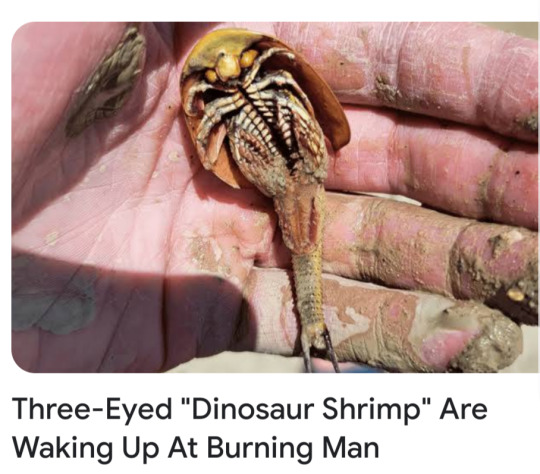#triops
Text
triops are one of my all-time fave little guys
#triops#tadpole shrimp#dinosaur shrimp#crustaceans#arthropods#branchiopoda#tiktok#found elsewhere and uploaded by me
61K notes
·
View notes
Text
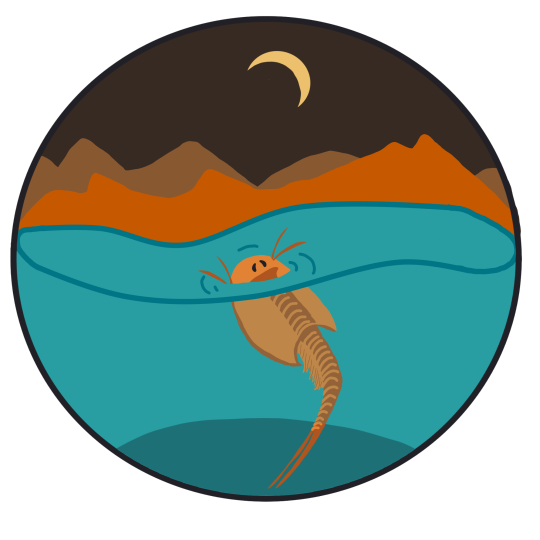
prehistoric times in the ephemeral desert pond
524 notes
·
View notes
Text


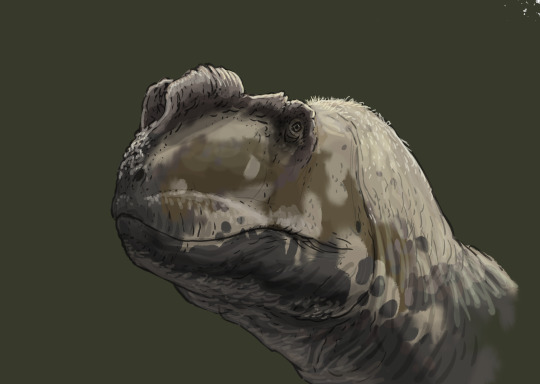
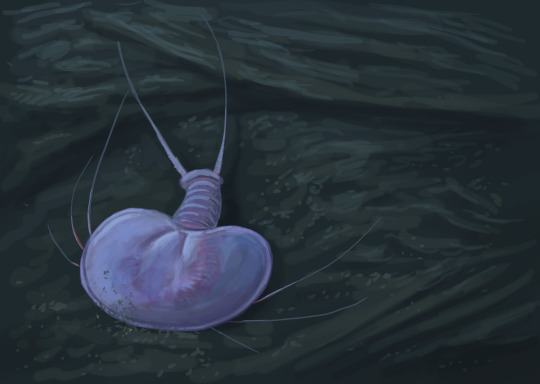
Results from the Flocking #paleostream Protobalistium, Ikrandraco, Yangchuanosaurus and Jeholops.
#sciart#paleoart#paleostream#palaeoblr#dinosaur#dinosaurs#jurassic#cretaceous#pterosaur#fish#fossil#triops
453 notes
·
View notes
Text

A shield shrimp (Triops australiensis) in Kimberley, Australia
by Ian Bool
#shield shrimp#tadpole shrimp#shrimp#crustaceans#triops australiensis#triops#triopsidae#notostraca#branchiopoda#crustacea#arthropoda#wildlife: australia
1K notes
·
View notes
Photo
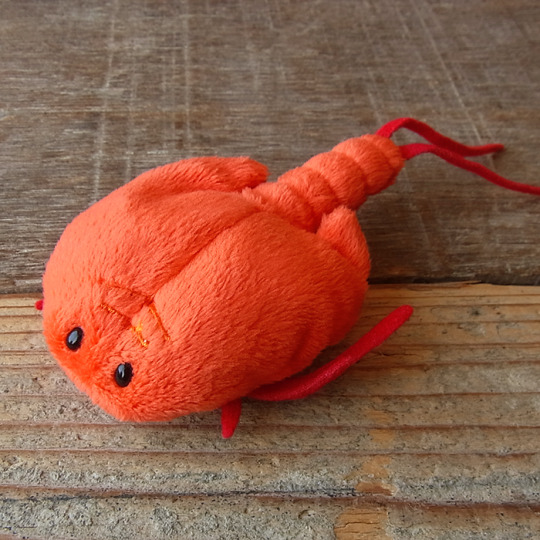
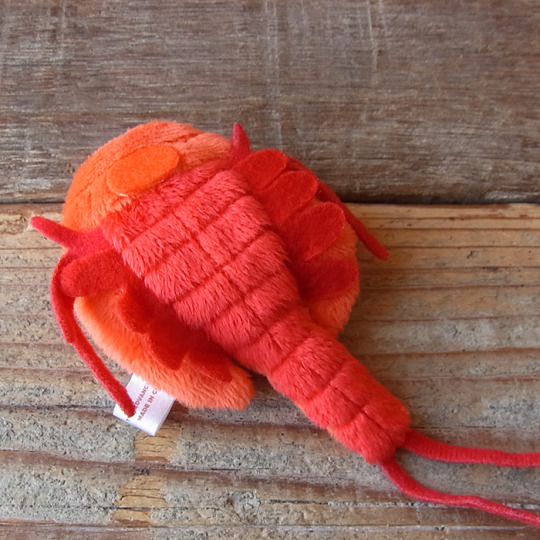
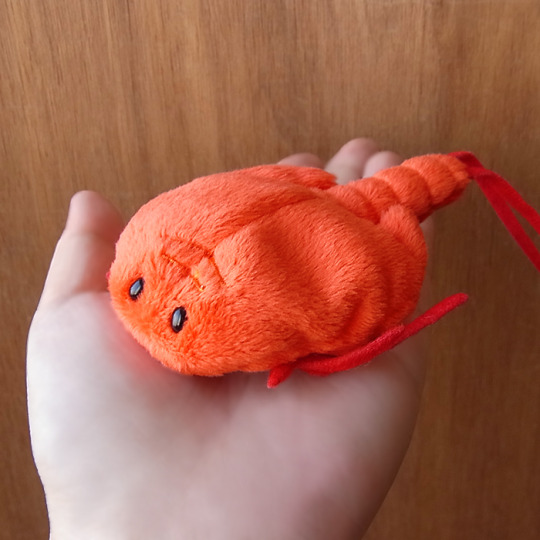
TST Little Beans Triops (tadpole shrimp)
2K notes
·
View notes
Text

By Rise0011 - Own work, CC BY-SA 3.0
#longtail tadpole shrimp#american tadpole shrimp#tadpole shrimp#triops#crustacean#wet [critter creature or beast] wednesday
104 notes
·
View notes
Text
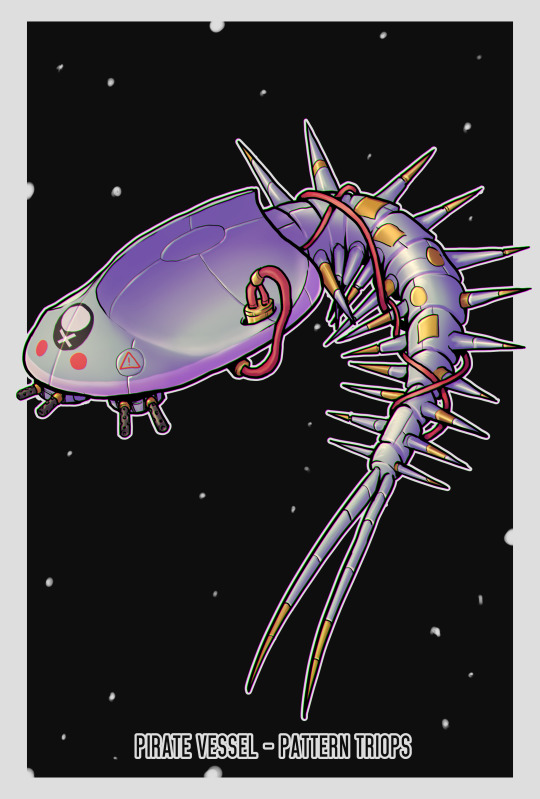
These can cling to asteroids for a long time and when a vessel comes by, they can plunder, they go into active mode again.
#jazz-dude#scifi#scifi art#spaceship#mech#mecha#lancer#lancer rpg#ttrpg art#ttrpg#triops#crab#shrimp#crab art#tumblr crab#artists on tumblr#art stuff#my art#illustration#dnd
69 notes
·
View notes
Text
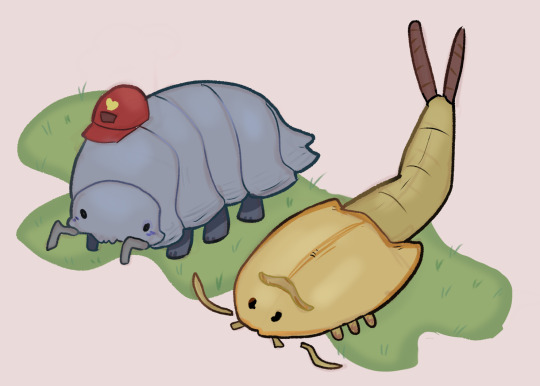
Something therepeutic about drawing isopods and triops.
103 notes
·
View notes
Note
Can we please see some more of those Triops you had some years ago (if you have more videos/photos of them ofc)
btw you just threw them in a bucket and they even TRIVED in there? should i do that if i someday have Triops?
(Triops longicaudatus)
so I had one of those commercially sold packets of eggs I’d gotten as a kid, and never got any to grow past the first few microscopic instars since the care instructions were really bad. I didn’t even know what they looked like as adults!
a few years ago I found the egg bag, and emptied it into a 10 gallon tank outside with some sand, forgot about it, and then a few months later it had filled with a couple centimeters of rain and had two huge Triops in it! these laid eggs in the sand, which became the bunch in this video after being dried and rehydrated (the video is after I brought them indoors because of the cold, water is unusually clear). other generations thrived in a literal bucket of dirt, like in the first post.
they’re largely filterfeeders so fed on the algae and microorganisms living in the water, and ate drowned wasps, mosquito larvae, and dead leaves if they were available. I’m not sure what the exact key to success was, but many things replicated their wild vernal pool habitat: 80-90°F weather, a lot of sun for their algae, very shallow water, and rainwater rather than anything filtered.
I can’t say if keeping them like this is right for you. when kept like this Triops spend most of their time in murky water so they’re hard to see. I also suspect the favorable conditions shortened their lifespan to about 30 days (a couple weeks less than normal I think). if you live somewhere they can escape and become invasive, don’t keep them outdoors. otherwise it’s a decent way to make a bunch of Triops with essentially zero effort
640 notes
·
View notes
Text

Shrimp shramp shromp
(why is a mooray there? emotional support vertebrate, shrimply.)
#doodles#shrimp#krill#fish#phytoplankton#triops#doodle#for the love of me and wellbeing and sleep#goodnight!#2023#art#shitpost#is it?
42 notes
·
View notes
Photo
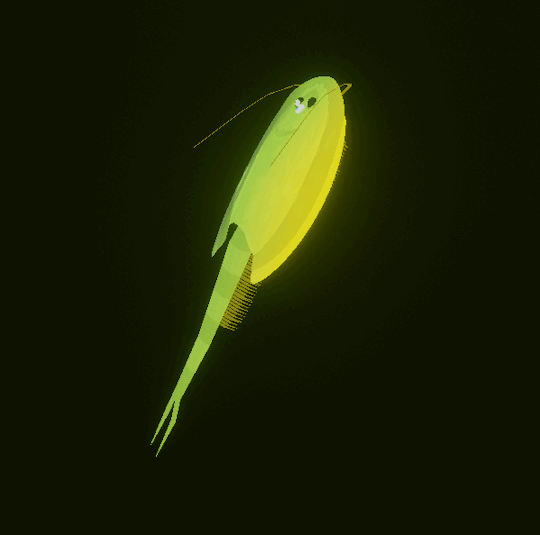

tadpole shrimp
#blender#low poly#lowpoly#low-poly#3d art#3d model#3d modeling#art#artists on tumblr#triops#tadpole shrimp#a living fossil!
306 notes
·
View notes
Text


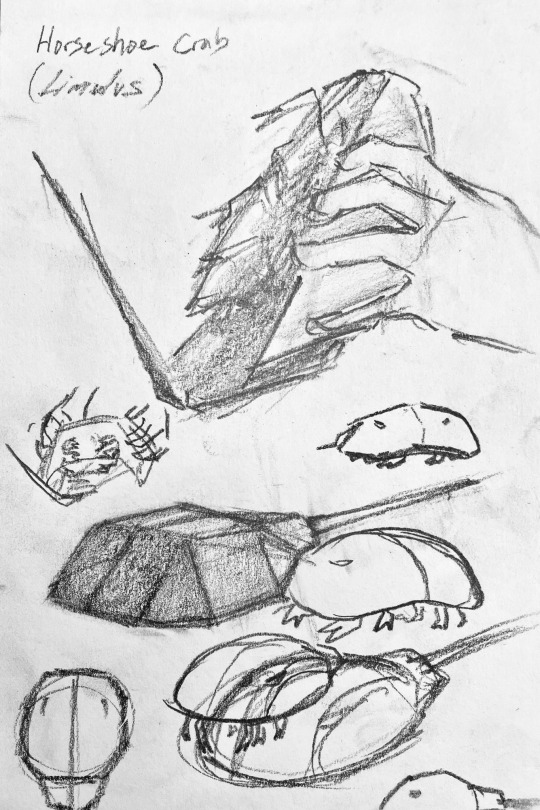
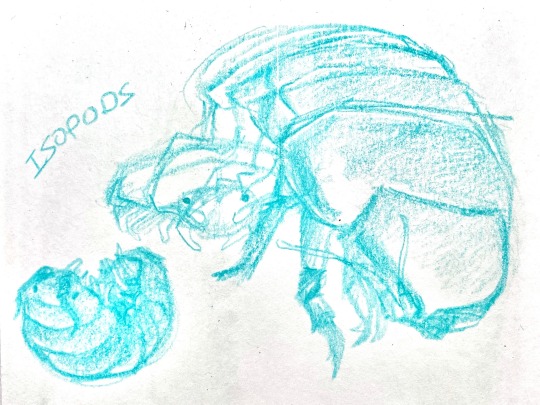
#isopods#kronosaurus#pliosaur#horseshoe crab#trilobite#eurypterid#triops#biology#fossils#sketchbook#art#mu's art
40 notes
·
View notes
Text
triops are like the fully aquatic version of rats, just goofy lil guys
11 notes
·
View notes
Text
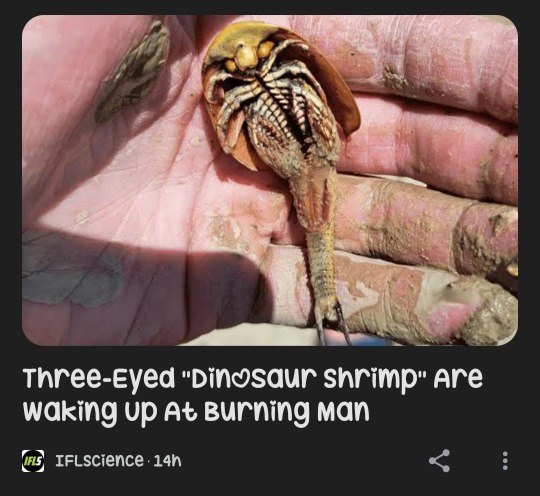
Great like what else would fucking happen.
#triops#fairy shrimp#(i know thats not what it is but the article cites them being there too)#burning man#shark.txt
44 notes
·
View notes
Text
These are some of my favorite, less well known, non-malacostracan crustaceans!
Mystacocarids
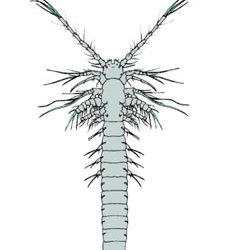
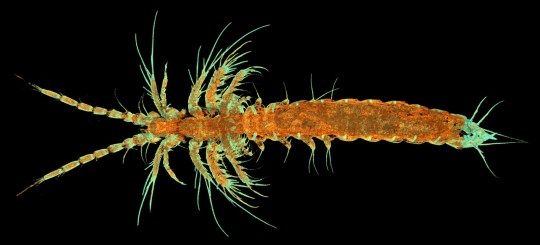
They are usually placed in a group with Ostracods, that is basal to all other extant crustaceans, meaning crabs, barnacles, and bees are all more closely related to each other than they are too Mystacocarids. They live in between grains of sand on beaches in many parts of the world. They get up to 1 millimeter long. I like how they kinda look like feather dusters, or like stretched out lice with too many legs.
Cephalocarids or Horseshoe shrimp
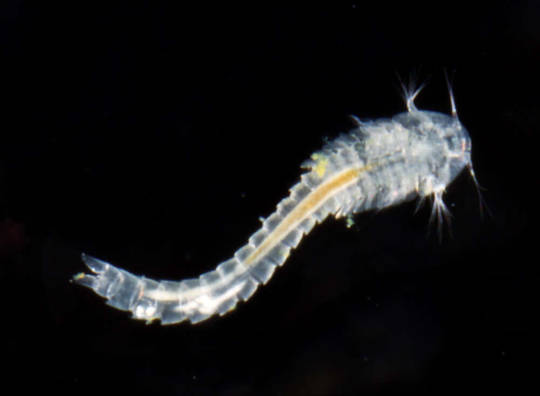
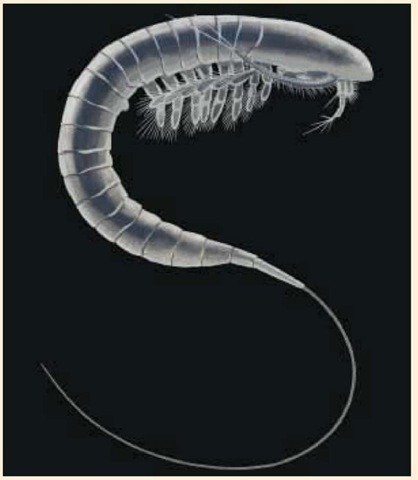
These guys were only discovered in the 1950s century and since then have been grouped with the remipedes, although recently they typically are instead placed in their own group! They are benthic organisms that live in all kinds of sediment from the shore to the deep sea, and typically eat detritus. They are hermaphroditic, have no eyes , and get up to 4 mm long! I think they look a lot like some primitive, Cambrian era arthropods, and despite being small and probably not likely to fossilize, their fossil record extends back to Ordovician, so the appellation of them being "Cambrian survivors" may very well be accurate.
Notostracans or Tadpole Shrimp


Consisting of the genera Triops and Lepidurus, this group of animals is most closely related to water fleas and clam shrimp , and more distantly to fairy shrimp (such as the famous sea monkey brine shrimp). Like brine shrimp, Triops are a common pet. Both genera are known to have populations in temporary pools of water, and have long lasting eggs that can survive desiccation and years without water before hatching again when the water returns. They also can live in shallow lakes, certain wetlands, and other more permanent ponds, and depending on species live in fresh, brackish or even salt lakes, but don't live in marine environments. They are omnivores and will basically eat anything, including smaller members of their own species. For a relatively small group of crustaceans, they have a wide variety of reproductive strategies, with some populations having sexually reproducing males and females, some having exclusively self fertilizing females, others being primarily hermaphroditic, and still others being different mixes of these. This variation is present even in different populations of the same species. They can get up to about 7 cm long , making them much larger than the previously mentioned crustaceans, but not big enough! They are so cute I wish they were big enough I could give them hugs. I think they should be the size of cats .
Remipedes


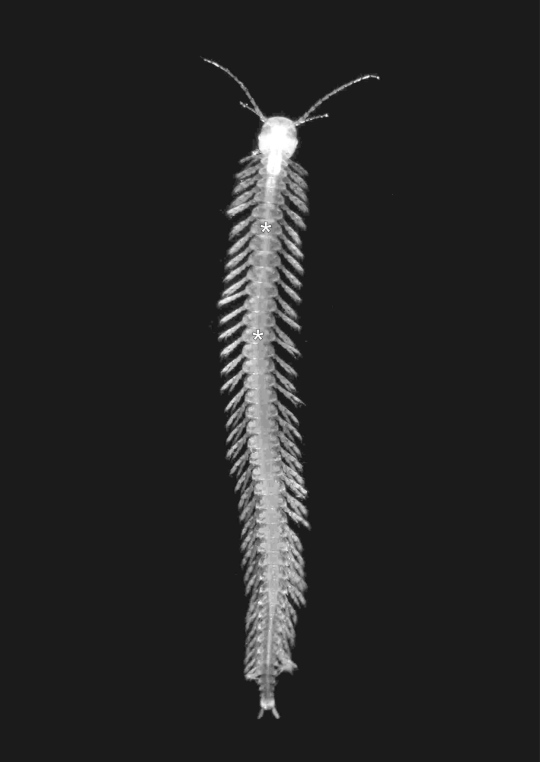
Remipedes are really special, the first living remipedes were only discovered in the late 1970s, and weren't properly described until 1981, meaning our knowledge of living remipedes is only as old as goth music. To be honest their lifestyle is pretty goth too, they exclusively live in caves and aquifers, typically in subtropical , coastal regions. As befitting creatures of the dark, they have no eyes or pigmentation, and instead have an advanced sense of smell. While they are also capable of filter feeding, they have venomous fangs that they use to predate on smaller organisms, and indeed are the only venomous crustaceans (outside of insects). Unlike the predatory adults, remipede larva don't seem to eat at all, and it's speculated that they may instead derive nutrition from symbiotic bacteria. Remipedes have 32 segments, and being hermaphroditic, have female and male openings on different segments of their bodies (7 and 14, respectively) . Despite their seemingly primitive bodies and strange lifestyle, remipedes have actually been discovered to be the group of crustaceans that are closest to the Hexapods, including the insects! They get up 4 cm long but I wish they were as long as eels.
I also kinda wanted to write about clam shrimp here but their phylogeny is a bit of a mess right now and I'm not even sure what qualifies as a clam shrimp anymore. They basically look like little clam shells with a crustacean swimming around in them.
15 notes
·
View notes
